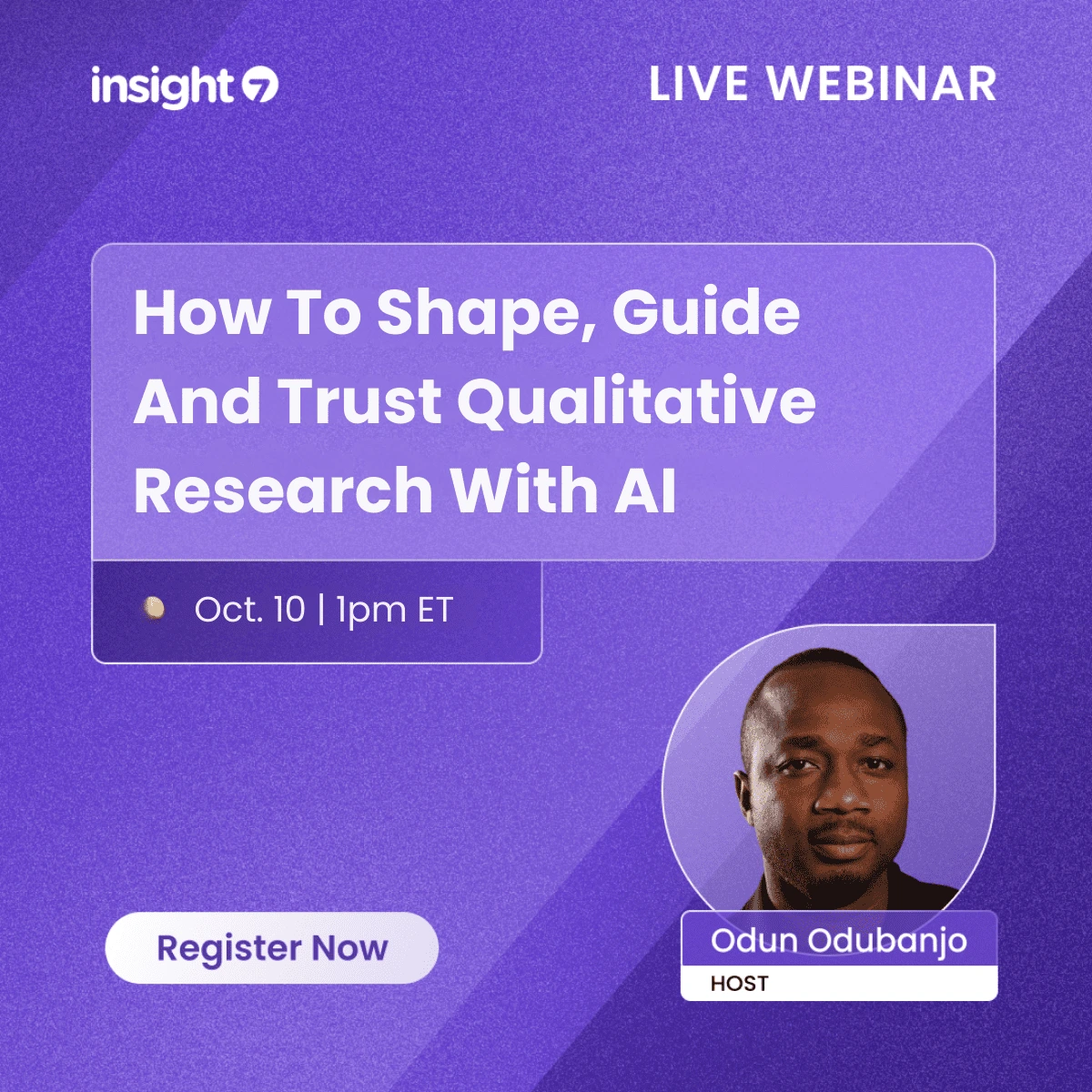Call Center Metrics Analytics and Reporting for Workforce Management
-
Bella Williams
- 10 min read
Imagine a bustling call center where agents are juggling multiple customer inquiries, yet the team struggles with high turnover rates and inconsistent customer satisfaction scores. Managers are left in the dark, unable to gauge performance effectively, leading to missed opportunities and frustrated customers. The stakes are high—lost revenue, dwindling customer loyalty, and low team morale. But what if there was a way to transform this chaos into clarity? Enter Call Center Metrics Analytics and Reporting, a game-changing approach that provides actionable insights to enhance performance and elevate customer experiences.
What’s Broken With the Old Way?
In many organizations, the traditional methods of managing call center performance are fraught with challenges. Teams often rely on manual notes and random quality assurance sampling, which can lead to missed follow-ups and low visibility into performance metrics. As customer expectations evolve, the demand for quick and effective service intensifies, making it clear that these outdated practices no longer suffice. The pressure to deliver exceptional service is mounting, and organizations must pivot towards data-driven decision-making to stay competitive.
Call Center Metrics Analytics and Reporting Definition and Core Value Proposition
Call Center Metrics Analytics and Reporting is the systematic process of collecting, analyzing, and interpreting data from customer interactions to improve workforce management. This approach shifts the focus from reactive call reviews to proactive, AI-driven insights. For instance, instead of managers listening to just five random calls, AI technology can analyze 100% of conversations, providing comprehensive insights into agent performance, customer sentiment, and operational efficiency.
How Does Call Center Metrics Analytics Transform Daily Work?
For sales representatives, the integration of Call Center Metrics Analytics means a streamlined call flow, enhanced follow-ups, and immediate access to real-time performance data. Managers benefit from improved coaching methodologies, more effective reporting, and targeted training initiatives. Leadership gains a clearer view of forecasting, resource allocation, and strategic decision-making, ultimately driving overall business performance.
What Can Teams Unlock With Call Center Metrics Analytics?
- Real-time performance tracking → Increased agent accountability and improved customer interactions
- Automated reporting → Reduced administrative workload and faster access to insights
- Predictive analytics → Enhanced forecasting accuracy and proactive staffing decisions
- Sentiment analysis → Improved customer satisfaction and loyalty through tailored interactions
Market Forces Driving Call Center Metrics Analytics Adoption
The adoption of Call Center Metrics Analytics is being accelerated by several market forces, including advancements in AI technology, rising competition, and the demand for global teams. Organizations are increasingly recognizing the need for visibility into agent performance and customer sentiment, which this analytics approach effectively addresses. In the next 1–3 years, companies leveraging these insights will gain a strategic edge, enabling them to adapt quickly to market changes and customer needs.
Data Infrastructure for Call Center Metrics Analytics Success
To successfully implement Call Center Metrics Analytics, organizations must establish a robust data infrastructure. This includes call recordings, CRM data, sentiment markers, and quality assurance scores. The variety and quality of data are crucial for ensuring trust and accuracy in insights. Better data inputs lead to sharper, more actionable outputs, ultimately driving improved workforce management.
The Call Center Metrics Analytics Technology Engine: Under the Hood
Think of Call Center Metrics Analytics as a smart assistant that never sleeps:
- Every customer interaction flows into a central intelligence hub.
- Natural language processing extracts meaning from unstructured conversations.
- Machine learning algorithms identify behavioral patterns across thousands of interactions.
- Historical performance data creates predictive models for future outcomes.
- Contextual recommendations appear exactly when teams need them most.
- Continuous learning loops refine accuracy with each new conversation.
Where Call Center Metrics Analytics Creates Breakthrough Results
Call Center Metrics Analytics serves as a competitive differentiator by:
- Accelerating deal velocity by surfacing urgency signals competitors miss.
- Transforming average performers into top quartile agents through precision coaching.
- Preventing customer defection by catching early warning signs in tone and language.
- Optimizing resource allocation by predicting which opportunities deserve focus.
What Should You Look for in a Call Center Metrics Analytics Platform?
When evaluating Call Center Metrics Analytics platforms, organizations should prioritize features that distinguish leaders from laggards. Key attributes include accuracy, multilingual support, CRM integration, and customizable dashboards. An AI-first solution outperforms legacy or manual methods in terms of speed, accuracy, and actionable insights.
Snapshot Comparison:
| Area | AI-Enabled Approach | Old Approach |
|---|---|---|
| Coverage | 100% of calls | Random sample |
| Insights | Real-time, predictive | Delayed, manual |
| Sentiment | Automated detection | Guesswork |
| Reporting | Unified dashboards | Fragmented spreadsheets |
Common Challenges in Implementing Call Center Metrics Analytics
Organizations may encounter several challenges when implementing Call Center Metrics Analytics:
- Rolling out without cleaning data can lead to inaccurate insights.
- Treating AI outputs as "final truth" instead of decision support can mislead teams.
- Ignoring alignment between sales, service, and leadership can create silos.
- Failing to integrate analytics into existing workflows can hinder adoption.
How Do You Begin the Journey?
To embark on the journey of implementing Call Center Metrics Analytics, follow these steps:
- Identify your highest-value use case (conversion, training, service).
- Connect call data and CRM systems for comprehensive insights.
- Run a pilot on a small team to test the approach.
- Train models and collect feedback to refine processes.
- Expand analytics capabilities to more teams based on pilot success.
- Review results regularly and adjust strategies as needed.
Advanced Call Center Metrics Analytics Program Maturity
Best-in-class organizations differentiate themselves by frequently reviewing insights, balancing automation with human judgment, and fostering cultural changes (coaching, transparency) to ensure analytics become integral to their operations.
How Do You Prove It’s Working?
To demonstrate the effectiveness of Call Center Metrics Analytics, focus on metrics storytelling:
- Which KPIs reveal real progress? (conversion lift, resolution rates, sentiment trends, forecasting accuracy)
- How do you link call insights to tangible business outcomes?
- What signals indicate that teams are making better, data-driven decisions?
Common Questions
- Isn’t this just call recording with better dashboards? → This approach goes beyond simple recording; it provides depth of insights and proactive capabilities.
- How much call history do we need before insights are meaningful? → Typically, a few weeks of data can yield valuable insights, but more extensive histories enhance accuracy.
- Can we trust AI with sensitive data? → Yes, with robust security and compliance measures in place, including SOC 2 and GDPR compliance.
- Does this work for global or multilingual teams? → Absolutely, with capabilities designed to support diverse environments and languages.
Case Studies and Real-World Applications
Organizations that have successfully implemented Call Center Metrics Analytics have seen significant improvements. For example, a leading tech support company reported a 30% increase in customer satisfaction scores and a 25% reduction in average handling time after adopting an AI-driven analytics platform. These successes highlight the transformative potential of data-driven insights in call center operations.
Final Word
Reflecting on the challenges faced by call centers, it’s clear that Call Center Metrics Analytics offers a powerful solution. By leveraging data-driven insights, organizations can resolve pain points, enhance workforce management, and ultimately scale revenue while improving customer impact.
Conclusion
Embrace the future of workforce management through Call Center Metrics Analytics and Reporting. As the industry evolves, adapting to data-driven strategies will be essential for maintaining excellence in customer service and staying ahead of the competition.







